Elk are impressively large animals in the deer family. In fact, they are one of the largest deer in the world! These mammals, native to North America and eastern Asia, are famous for their large racks of antlers. As is the case with much of the deer family, only the males have antlers. Read on to learn about the elk.
Description of the Elk
Elk have thick, brown fur with a reddish hue. This animal’s rump patch, a circular area around its tail, is buff or cream in color. The average male stands nearly 5 ft. tall at the shoulder, and weighs over 700 lbs., but they can grow much larger. The largest subspecies can surpass 1,300 lbs. or more.
Males have large antlers that can be nearly 4 ft. in length. These antlers differ from horns because they are made of bone, and are shed yearly. Horns have a sheath of keratin, a blood vessel filled core, and are never shed.
Interesting Facts About the Elk
These massive animals are members of the deer, or Cervidae, family. Their size is not their only unique characteristic, as they have a number of interesting survival adaptations.
- Standing Tall – All elk are large, imposing animals, with even the females easily weighing over 500 lbs. When you add up their large antlers, and impressive shoulder height, male elk can stand well over 9 ft. tall! This size makes them quite a challenge to natural predators.
- All For One and One For All – Another great way to avoid being eaten is to remain in protective groups. Elk are commonly found in herds of 10 – 20 individuals. Not only can other herd members provide protection, but being in a group also makes it statistically less likely you will be the animal picked by a predator.
- Native Nickname – Elk are also known as wapiti. This name comes from the Shawnee and Cree languages, and means “white rump.” While the name does not originate in Asia, it is commonly used in the subspecies native to that area. This is because the term elk is commonly used in reference to the moose in that region.
- Velvety Soft – Because males shed their antlers every year, they must grow a new pair yearly. During the growing process, a soft layer of skin protects elk antlers. This skin is called “velvet,” because it is quite similar in texture to the fabric. Antler velvet is filled with lots of tiny blood vessels that help the antlers grow. Once the antlers harden, the velvet sheds off. This velvet is even farmed in the United States, as it can be sold to East Asia as a traditional Chinese medicine.
Habitat of the Elk
North American elk can survive in a vast majority of ecosystems. They are not found in tundra, desert, or the gulf coast. They prefer living in forests and forest edges, particularly in mountainous regions. Many sub species that live in dense forests have adapted with smaller antler size. Some other common habitats include alpine meadows, prairies, and secluded valleys.
Distribution of the Elk
In both North America and Asia, these imposing animals are found in just a fraction of their historic range. In North America, they can be found in the mid-to-western United States and Canada, as well as Virginia, North Carolina, Kentucky, and Tennessee.
Historically, they could be found across virtually the entire U.S. and much of Canada. In Asia, they range from southern Siberia to China’s Xinjiang province.
Diet of the Elk
Elk feed primarily by grazing on grasses, but will also browse on shrubs, small branches, and leaves. When grazing, they will feed in the early mornings and late evenings, before seeking a secluded area to digest and chew their cud during the bulk of the day. On average, a single elk can consume 20 lbs. of vegetation per day.
Elk and Human Interaction
Humans are quite fond of elk as a game species, as their meat is low in fat and high in protein. Antler velvet is also a hot commodity in traditional Chinese medicine, and can be sold to Asia by ranchers. Elk antlers are also valued as a trophy, for art, and furniture, and the hide was historically valued for its use on teepees, as blankets and clothing, and as footwear.
Domestication
Some elk have been partially domesticated on farms. They can be considered partially domesticated because they have been selectively bred for temperament and antler size. They are used for meat, hunting, antler velvet, and antlers.
Does the Elk Make a Good Pet
These are large, wild animals, and would not make a good pet. In many states it is illegal to own one, or you must have a special license.
Elk Care
In zoos, and on farms, these large animals must be provided with plenty of space to exercise. Because they prefer to quietly digest during the day, they must be provided with plenty of secluded shelter as well.
These are very social animals, and should always be kept in herds. Grasses should be readily available, and should also be supplemented with commercial feed and hay. They should also have access to any necessary vitamins and nutrients, which can be recommended by a veterinarian based on the animal’s diet.
Behavior of the Elk
For most of the year, elk will congregate in groups based on sex. Typically, males will remain with large groups of other males, and females with females. They spend their days grazing in the mornings and evenings, and resting quietly during the day. When rut, or the breeding season, approaches the bulls begin to battle one another for breeding rights.
Reproduction of the Elk
After dominant bulls have been established, these males will seek a harem of females and defend them from rival males. After breeding, females will carry the calf for between 240 and 262 days. The female will usually give birth to a single calf, and twins are highly unusual.
When the mother gives birth, she will seek an isolated area away from the rest of the herd, and keep the calf hidden until it is old enough to escape predators – usually about two weeks. At six months old, the calf is about the size of an adult whitetail deer. The calf will remain with its mother until it is a year old, and is able to reproduce when it is two years old.
Beliefs, Superstitions, and Phobias About the Elk
Many different cultures consider this elegant animal an important part of their heritage. These large mammals were commonly featured in cave paintings, petroglyphs, and pictograms.
In North America, it is an important spiritual symbol in the Lakota tribe society. Men of the tribe are given an elk’s tooth at birth to symbolize long life, because the teeth were seen as the last piece of the animal to rot away. The tribe believed that the mythical elk was the embodiment of power and the teacher of men.

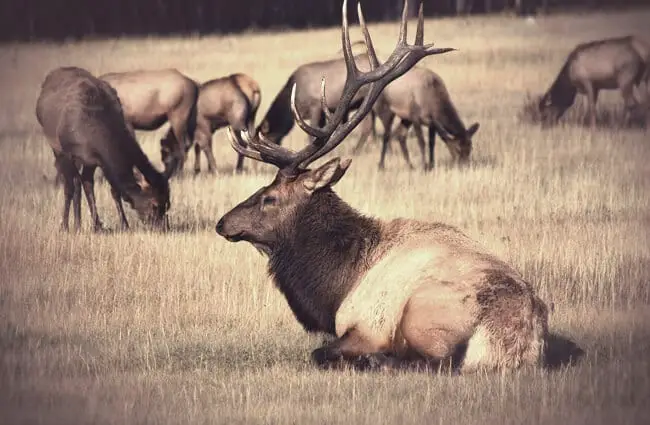

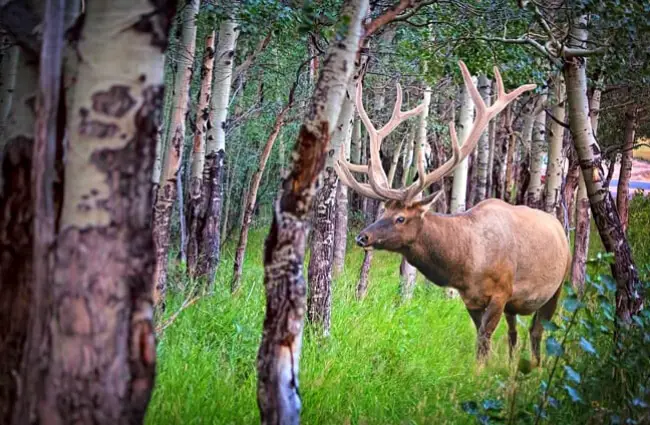
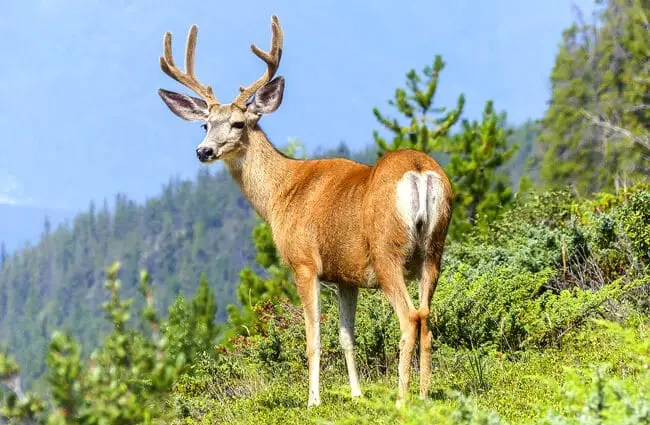
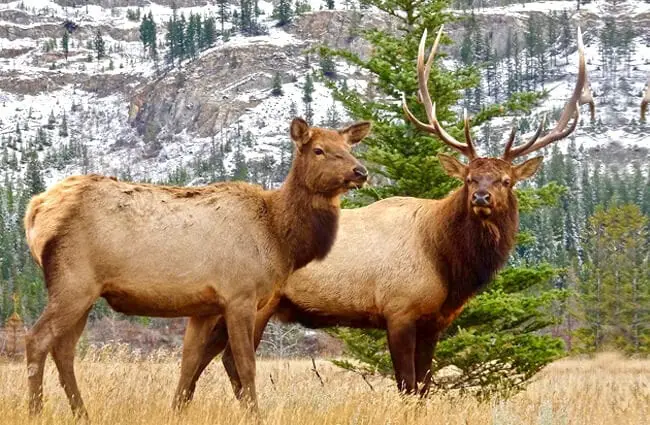

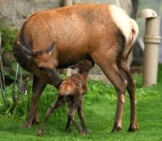

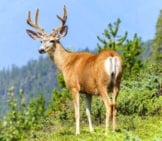
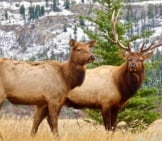
![Red Angus Closeup of a beautiful Red Angus cowPhoto by: U.S. Department of Agriculture [pubic domain]https://creativecommons.org/licenses/by/2.0/](https://animals.net/wp-content/uploads/2020/03/Red-Angus-4-238x178.jpg)












![Red Angus Closeup of a beautiful Red Angus cowPhoto by: U.S. Department of Agriculture [pubic domain]https://creativecommons.org/licenses/by/2.0/](https://animals.net/wp-content/uploads/2020/03/Red-Angus-4-100x75.jpg)

